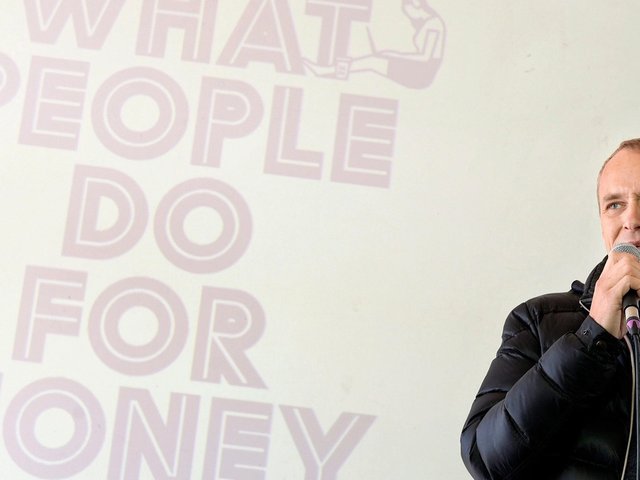Ralph Rugoff has tapped in to topical concerns at the 13th Biennale de Lyon, which opened in September (until 3 January 2016), tackling thorny issues such as national identity, post-colonialism, consumption and consumerism, and the drawbacks of the digital revolution in his role of guest curator. The move could bolster the biennial, which has been overshadowed by rival events in Istanbul and São Paulo.
Rugoff, the director of the Hayward Gallery in London, has picked work that he says is “timely and pointed”, selecting 60 artists from 28 countries for the main exhibition, La Vie Moderne, which runs across three venues in Lyons, including la Sucrière, a former sugar warehouse.
Some of the artists seemed less than happy with the interpretation of their work. Wall texts had all been amended for works by Berlin-based Johannes Kahrs, US artist Darren Bader and Lai Chih-Sheng of Taiwan, reportedly by the artists themselves. A biennial spokeswoman says Rugoff approved the edits.
Established artists and biennial staples, such as Jeremy Deller and Ed Ruscha, feature alongside works by lesser-known names such as Anna Ostoya of Poland and the German playwright Hannah Hurtzig.
New works by the French-Algerian artist Kader Attia and the Paris-born Camille Henrot impressed. Attia’s Reason’s Oxymoron (2015) features video pieces dotted around what looks like a call centre. The installation includes interviews with philosophers and psychiatrists who question whether immigrants ever adjust to life in a different culture. The piece is a new commission (around two-thirds of the works in the exhibition are new).
Rugoff’s approach has polarised opinion: some thought the show lacked cohesion while the independent curator Chris Sharp, commenting on the Art Agenda website, found the biennial “well and evenly cadenced, full of strong work, a handful of happy surprises, a few dependable disappointments, and a number of anaemic anomalies”.



